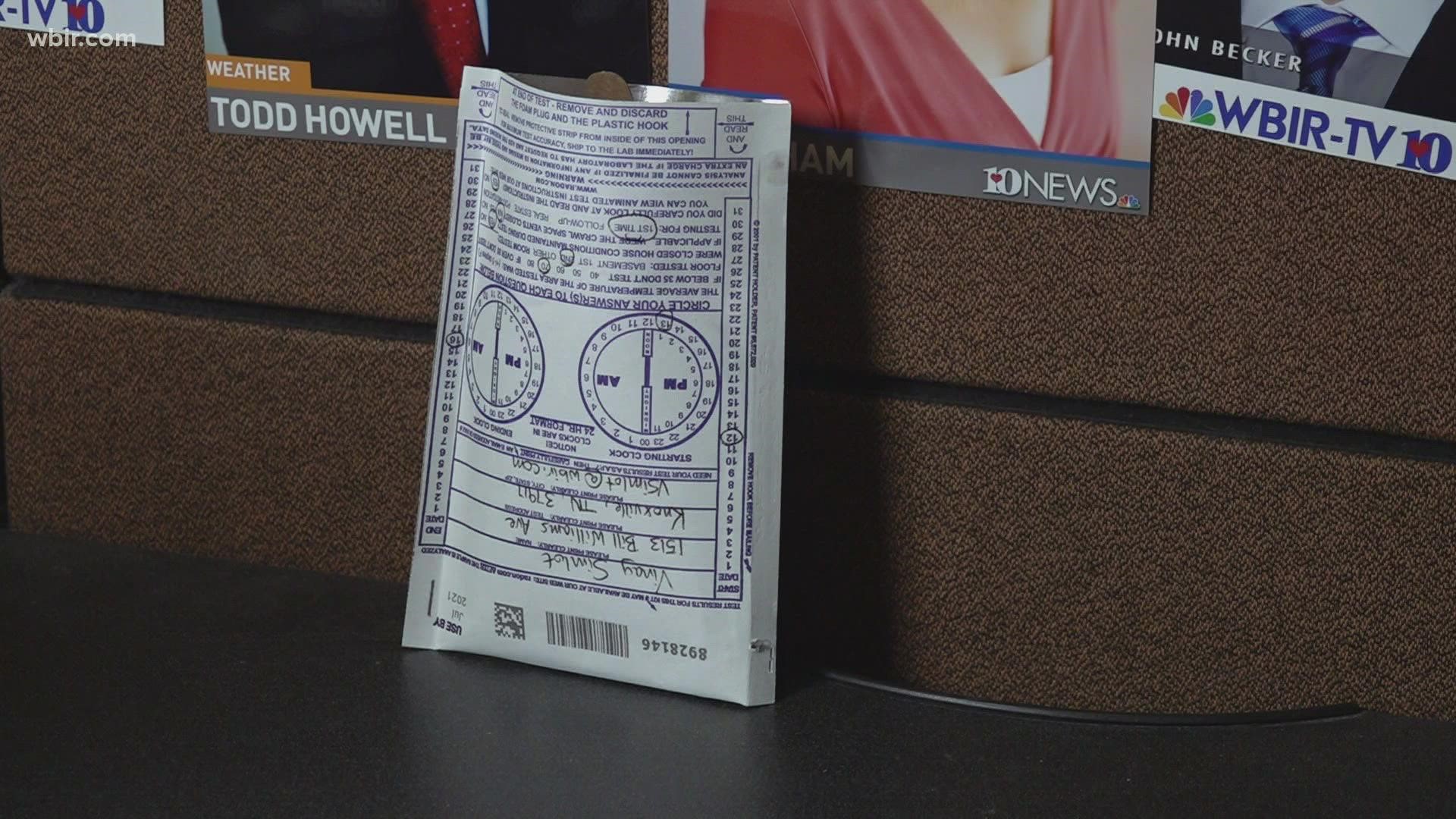KNOXVILLE, Tenn. — Doctors in East Tennessee are warning people of high Radon concentrations in people's homes.
The Tennessee Department of Environment and Conservation said Tennessee has higher than average levels of Radon. and said it is the second leading cause of lung cancer — only behind smoking.
An EPA map shows East Tennessee has some of the highest risks of elevated radon levels in the state.
"It doesn't have any taste or smell," said Lexi Brown, TDEC's radon expert. "There's no way that you can detect it with any of your bodily senses."
Tennessee offers free test kits for anyone in the state. They recommend people test their houses every couple of years for the presence of radon.
They said around 1 in 4 homes tested for radon show results above 4 picocuries per liter, and around 26% of homes test over that level. A radon level of 40 in a home is equivalent to smoking four packs of cigarettes per day, officials said.
The aircheck kit includes a form on the packaging to fill out to be sent to a lab for testing. People can hang it up after folding the insert into an oval, following the instructions on the packaging. By hanging it up, the kit collects a sample of air from a person's home that can then be tested for radon.
If the test results say a house's radon concentration is high, TDEC recommends radon mitigation. Brown said it's usually a PVC pipe with a fan, blowing the radon out of the house before it gets a chance to concentrate somewhere.
Dr. Ben Bevill from the University of Tennessee Medical Center said radon is "always at the forefront" for doctors when they see a patient with lung cancer who doesn't smoke.
"It's not guaranteed that you're going to get lung cancer if you have high levels of radon, but it certainly can increase your risk," Dr. Bevill said.
Dr. Eric Penniman with Summit Health said radon could become the "silent killer." Both Bevill and Penniman also said smoking cigarettes in the house magnifies the negative effects of radon.
Dr. Penniman stresses people should radon test their houses, and take mitigation measures.
"As we know, an ounce of prevention is worth a pound of cure," Dr. Penniman said.

